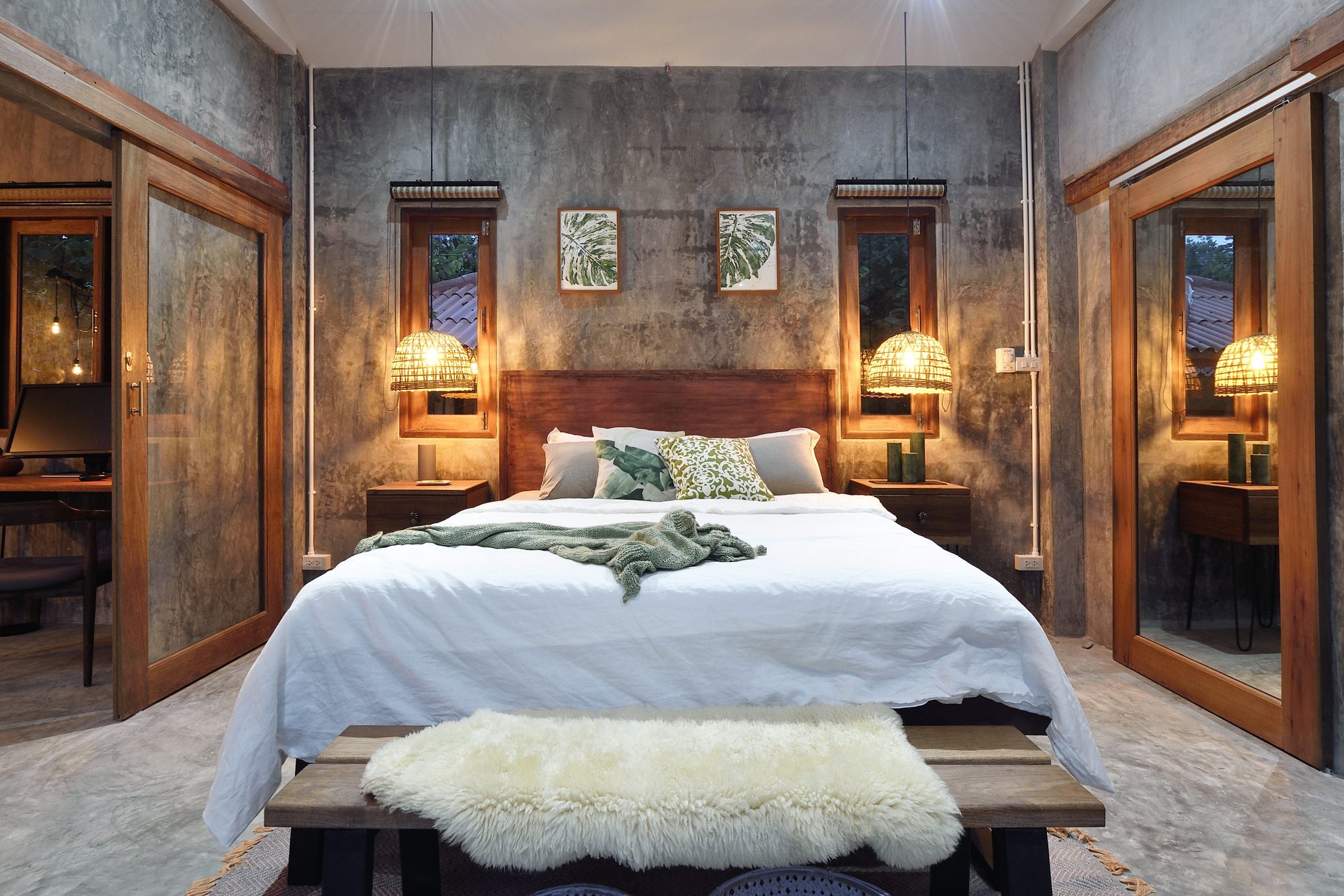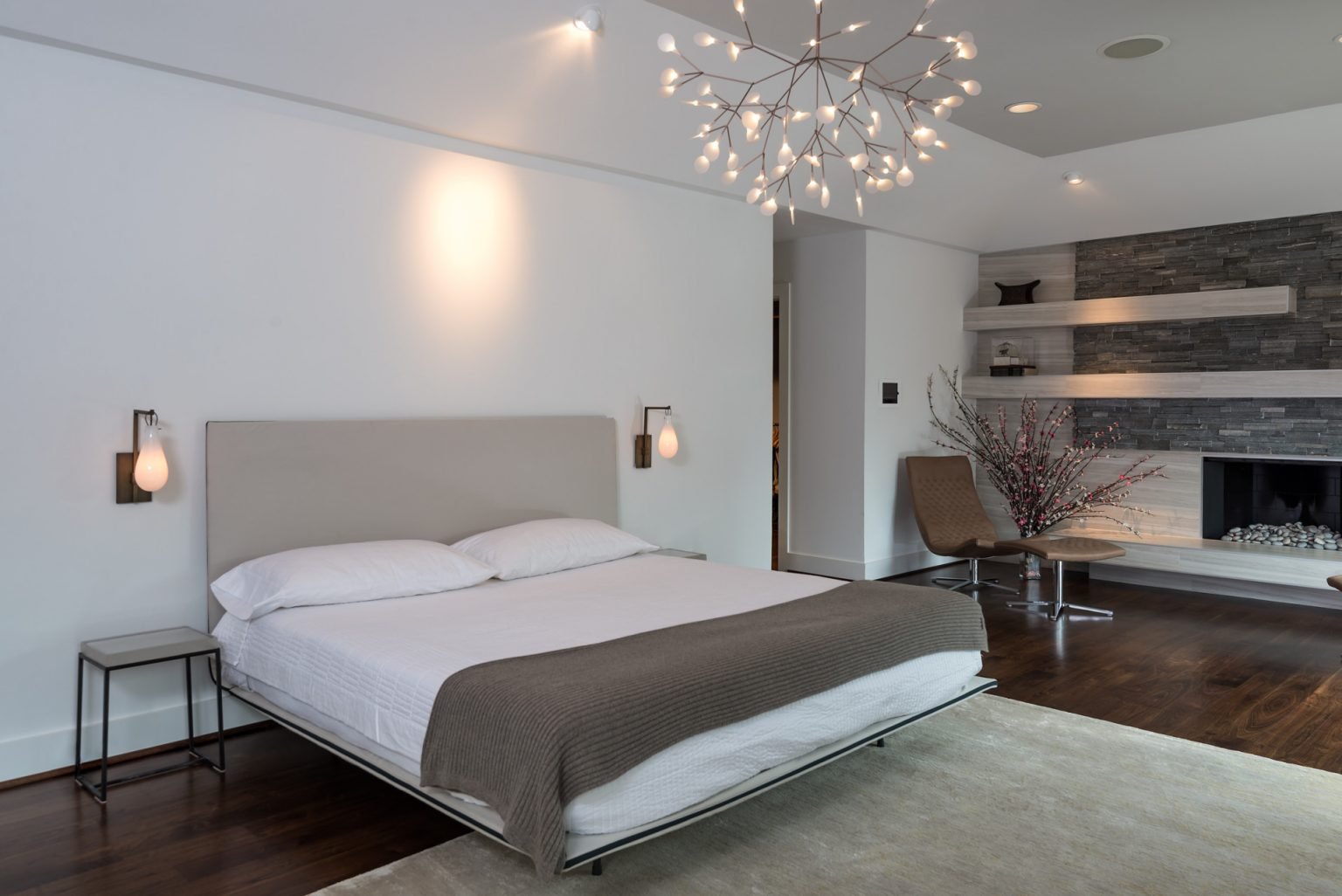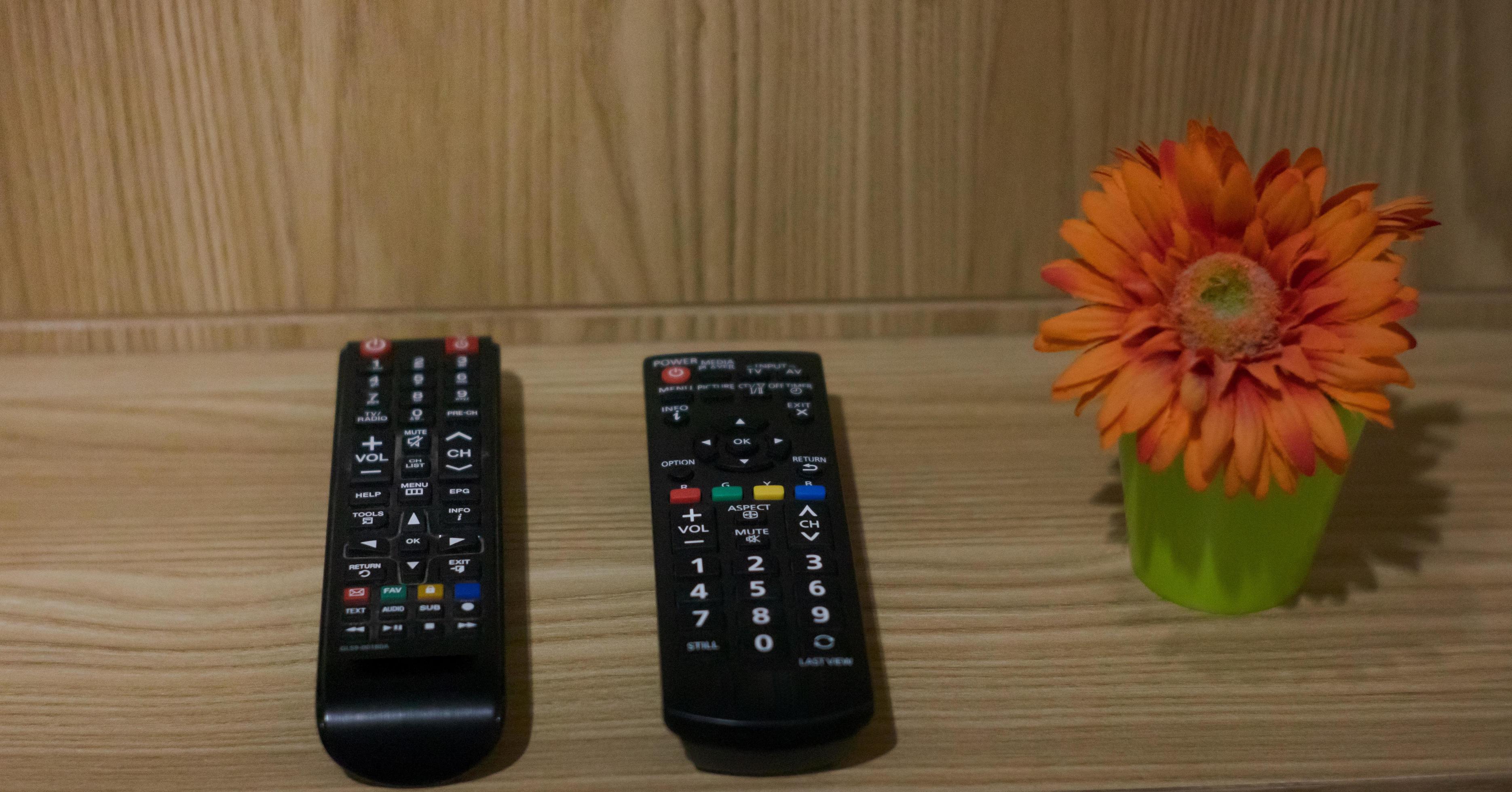Smart Home Automation and the Master Bedroom

Imagine waking up to a soft, warm glow in your bedroom, gradually increasing in brightness as the sun rises. Or, picturing yourself relaxing in bed after a long day, adjusting the lights with a simple voice command to create the perfect ambiance. These scenarios are made possible by smart home automation, specifically when applied to master bedroom lighting. Smart lighting technology offers a range of benefits that enhance comfort, convenience, and even energy efficiency in the most intimate space of your home.
Smart Lighting Options for the Master Bedroom
Choosing the right smart lighting solution for your master bedroom depends on your specific needs and preferences. Several options exist, each with its own unique features and advantages.
- Smart Bulbs: These bulbs screw into existing light fixtures, transforming them into smart lights. They offer features like dimming, color changing, and scheduling. Popular brands include Philips Hue, LIFX, and GE Cync. The advantage of smart bulbs is their versatility and affordability, allowing you to easily upgrade existing fixtures. However, they may not be suitable for all fixtures, and replacing all bulbs can be costly.
- Smart Light Switches: These switches replace traditional wall switches, enabling you to control your lights remotely using a smartphone app or voice commands. Brands like Lutron Caseta and Leviton Decora Smart offer a range of options with features like dimming, scheduling, and integration with other smart home systems. Smart switches offer the benefit of controlling multiple lights from a single device and are compatible with a wider range of fixtures. However, they require professional installation for some models and can be more expensive than smart bulbs.
- Smart Light Strips: These flexible strips of LED lights can be placed anywhere, offering a versatile way to create ambient lighting or accentuate specific areas. Philips Hue, Govee, and Sengled are popular brands offering customizable color options and smart features. Smart light strips are highly adaptable, offering creative lighting solutions and often come with remote control capabilities. However, they may not provide sufficient general lighting for the entire bedroom and require careful placement to avoid visibility.
Voice Control and Scheduling
Smart lighting systems often integrate with voice assistants like Amazon Alexa, Google Assistant, and Apple HomeKit. This allows you to control your lights hands-free using voice commands. For instance, you can say “Alexa, turn on the bedroom lights” or “Hey Google, dim the lights to 50%.” Voice control offers unparalleled convenience, especially when you’re in bed or your hands are full.
Furthermore, scheduling features allow you to automate your lighting based on specific times or events. You can set up routines to automatically turn on the lights at sunset, dim them at bedtime, or even simulate your presence while you’re away. This adds an extra layer of convenience and security, making your home feel more comfortable and safe.
Creating the Perfect Ambiance with Master Bedroom Lighting: Turn On Master Bedroom Lights

The master bedroom is a sanctuary, a place to relax, unwind, and recharge. Lighting plays a crucial role in creating the right atmosphere for these activities. Strategic use of different types of lighting can transform your master bedroom into a haven of tranquility, a romantic retreat, or a space that invigorates your senses.
Types of Lighting for the Master Bedroom
Lighting in the master bedroom can be categorized into three main types: ambient, task, and accent lighting. Each type serves a distinct purpose and contributes to the overall ambiance of the room.
- Ambient Lighting: Ambient lighting provides general illumination for the entire room. It sets the overall mood and creates a sense of spaciousness. Examples include overhead lights, chandeliers, and ceiling fans with integrated lighting.
- Task Lighting: Task lighting provides focused illumination for specific activities, such as reading, applying makeup, or working at a desk. Examples include bedside lamps, desk lamps, and vanity lights.
- Accent Lighting: Accent lighting highlights specific features or objects in the room, adding visual interest and depth. Examples include wall sconces, picture lights, and under-cabinet lighting.
Creating Different Moods with Lighting
Lighting can be used to create a variety of moods in the master bedroom, from relaxing to romantic to energizing.
- Relaxing Mood: Soft, warm-toned ambient lighting, such as dimmable overhead lights or lamps with warm white bulbs, creates a sense of calmness and tranquility. Avoid bright, harsh lighting, which can be stimulating and disruptive to sleep.
- Romantic Mood: Dimmable lighting, particularly with warm white or soft white bulbs, sets the stage for a romantic evening. Consider using candles, string lights, or bedside lamps with dimmers for a soft, intimate glow.
- Energizing Mood: Brighter, cooler-toned lighting, such as daylight-balanced bulbs, can help you wake up in the morning and feel more energized. Use a combination of ambient and task lighting to create a more stimulating environment.
Importance of Dimming Capabilities and Color Temperature
Dimming capabilities and color temperature options are essential for creating the perfect ambiance in the master bedroom.
- Dimming Capabilities: Dimmers allow you to adjust the brightness of your lights, creating different moods and atmospheres. For example, you can dim the lights for a relaxing evening or brighten them for a more focused task.
- Color Temperature: Color temperature is measured in Kelvin (K) and refers to the warmth or coolness of the light. Warm white bulbs (2700-3000K) emit a yellowish light that is ideal for relaxation and creating a cozy atmosphere. Cool white bulbs (4000-4500K) emit a whiter light that is more stimulating and energizing. Daylight-balanced bulbs (5000-6500K) emit a bluish-white light that mimics natural daylight.
Master Bedroom Lighting

Master bedroom lighting is a crucial element in creating a comfortable and functional space. Beyond simply providing illumination, it can significantly impact your mood, sleep quality, and overall well-being. This section will explore the essential aspects of master bedroom lighting, focusing on safety and energy efficiency.
Safety Considerations in Master Bedroom Lighting
Safety is paramount when dealing with electrical wiring and fixtures. Improper installation can lead to electrical hazards, fire risks, and even injuries.
- Always consult a qualified electrician for any major wiring work. They have the expertise and knowledge to ensure safe and code-compliant installations.
- Use the correct type of wiring and fixtures for your specific application. Different fixtures have different power requirements, and using the wrong type can overload the circuit or cause damage.
- Regularly inspect wiring and fixtures for signs of damage or wear. Damaged wiring or faulty fixtures can lead to electrical shorts or fires.
- Install GFCI (Ground Fault Circuit Interrupter) outlets in areas prone to moisture, such as bathrooms. GFCIs can help prevent electrical shocks by quickly interrupting the flow of electricity if a fault is detected.
Energy Efficiency in Master Bedroom Lighting
Master bedroom lighting accounts for a significant portion of your home’s energy consumption. Implementing energy-efficient lighting solutions can save you money on your electricity bill and reduce your environmental impact.
- Replace traditional incandescent bulbs with LED bulbs. LEDs are significantly more energy-efficient, using up to 80% less energy than incandescent bulbs while producing the same amount of light.
- Utilize dimmers to adjust brightness levels. Dimmers allow you to use less energy when you don’t need full brightness.
- Install motion sensor lights. Motion sensors automatically turn lights on only when needed, reducing energy waste.
- Take advantage of natural light. Open curtains and blinds during the day to let natural light into your bedroom, reducing the need for artificial light.
Troubleshooting Common Master Bedroom Lighting Issues, Turn on master bedroom lights
Master bedroom lighting issues can be frustrating, but they are often easy to resolve. Here are some common issues and their potential solutions:
- Flickering lights: Flickering lights can be caused by loose connections, faulty wiring, or a failing light bulb. Check the connections at the fixture and the bulb itself. If the problem persists, consult an electrician.
- Dimming lights: Dimming lights can be caused by a loose connection, a failing light bulb, or an overloaded circuit. Check the connections and the bulb. If the circuit is overloaded, consider adding more outlets or using a different circuit for your lighting.
- Non-responsive lights: Non-responsive lights can be caused by a blown fuse, a tripped circuit breaker, or a faulty switch. Check the fuse box and circuit breaker panel. If the switch is faulty, it will need to be replaced.
